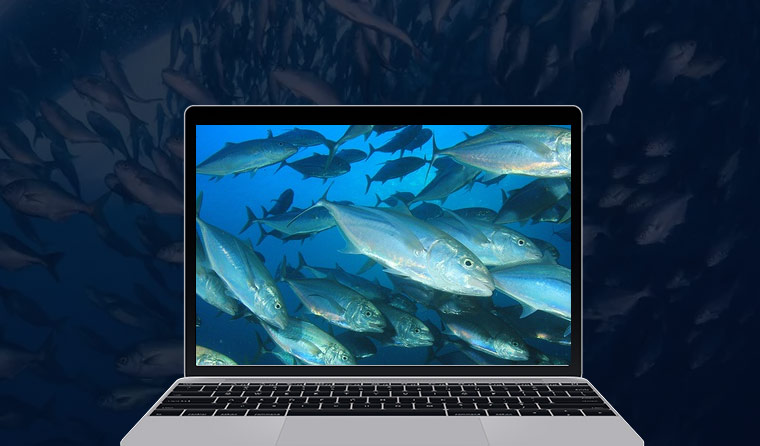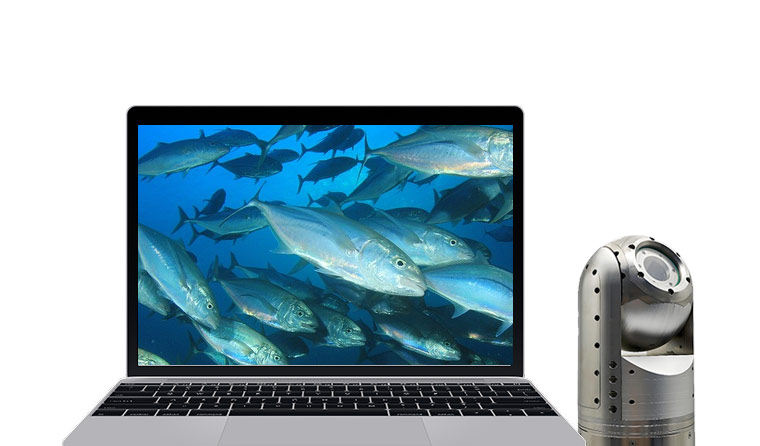
In underwater aquaculture scenarios, cameras serve as the "eyes" for farmers to monitor fish school dynamics, track water quality changes, and ensure aquaculture safety. However, the underwater environment is far more complex and harsh than the terrestrial one—long-term immersed water, high-concentration salt (especially in mariculture), microorganisms and impurities in water, as well as humidity fluctuations caused by day-night temperature differences, constantly test the durability of the equipment. Among numerous performance indicators, IP67 waterproof rating and professional anticorrosion capability are not optional "add-ons" but the "survival bottom line" that determines whether underwater aquaculture cameras can operate stably and avoid premature scrapping.
1. IP67 Waterproof: The "First Line of Defense" Against Water Invasion
For underwater aquaculture cameras, "waterproofing" is not simply "no water leakage" but requires compliance with the internationally accepted IP (Ingress Protection) Rating standard. Among them, the IP67 rating is the core threshold for underwater aquaculture scenarios, and its meaning is strictly defined: the first digit "6" represents the highest level of dust protection, which can completely prevent dust from entering the equipment interior, avoiding lens blurring or circuit short circuits caused by dust accumulation; the second digit "7" means the equipment can be immersed in static water at a depth of 1 meter for 30 minutes without water ingress failure—this standard perfectly matches the conventional water depth of most freshwater and mariculture ponds, and can also cope with short-term water level fluctuations during heavy rains or water changes.
In actual aquaculture, cameras that do not meet the IP67 standard are often "vulnerable": some products claiming to be "waterproof" but only meeting the IP65 standard can resist spraying, but long-term contact with water will still cause aging of sealing rings and water seepage in the shell, eventually leading to lens fogging and motherboard burnout; in contrast, IP67-level cameras, through specially designed waterproof sealing rings (mostly made of aging-resistant nitrile rubber or silica gel), waterproof plugs for interfaces (such as threaded sealing structures for network cables and power cables), and the integrated molding process of the shell, can completely isolate water invasion. For example, after an IP67 underwater camera of a certain brand was used continuously in a mariculture pond for 12 months, disassembly inspection showed no water stains or dust inside, and the core components still maintained stable performance.

2. Anticorrosion Capability: A Key Guarantee Against "Invisible Killers"
If waterproofing is to resist "visible threats", then anticorrosion is to combat the "invisible killers" in the underwater environment—especially in mariculture or high-salinity freshwater aquaculture, chloride ions and sulfides in water will cause strong electrochemical corrosion to the metal components of the camera (such as the shell, bracket, and interfaces). Even if the equipment does not enter water, it may be scrapped due to component rust.
Professional underwater aquaculture cameras usually enhance their anticorrosion capability through multiple processes: first, the shell is mostly made of 316L stainless steel or engineering plastics (such as ABS+PC composite material). 316L stainless steel has much better corrosion resistance than ordinary 304 stainless steel, which can effectively resist chloride ion erosion, while engineering plastics fundamentally avoid metal corrosion problems; second, metal interfaces (such as BNC video interfaces and RJ45 network ports) undergo electroplating treatment (such as nickel plating and chrome plating) to form a dense protective layer, preventing corrosive substances from contacting the metal matrix; in addition, some high-end products also spray anticorrosive coatings inside the shell to further isolate moisture and corrosive gases in the air and extend the equipment service life.
On the contrary, cameras lacking anticorrosion design often show obvious problems after 3-6 months of use: rust spots appear on the metal shell, poor interface contact leads to picture freezes or disconnections, and in severe cases, even water ingress failures may occur due to rust cracking of the shell. A coastal aquaculture farm once tried to replace professional underwater aquaculture cameras with ordinary outdoor cameras. As a result, 80% of the equipment failed due to seawater corrosion in only 2 months, which not only caused economic losses but also missed the critical opportunity for early warning of fish diseases due to monitoring interruptions.
3. Combination of Waterproof and Anticorrosion: Double Insurance for Guarding the "Eyes" of Aquaculture
In the underwater aquaculture environment, waterproofing and anticorrosion are not independent of each other but complementary "double insurance": if only waterproofing is emphasized while ignoring anticorrosion, rusted components will damage the sealing performance of the waterproof structure, eventually leading to waterproof failure; if only anticorrosion is emphasized but the IP67 waterproof standard is not met, water invasion will still directly damage the internal circuits. Only when both the IP67 waterproof rating and professional anticorrosion requirements are met can the camera break through the limitations of the harsh environment and achieve long-term stable operation.
For farmers, choosing cameras that meet the "IP67 waterproof + professional anticorrosion" standard is not only a protection for equipment investment but also a guarantee for aquaculture management: stable monitoring images can help farmers grasp the feeding and growth status of fish schools in real time and timely detect abnormalities such as fish floating and fish diseases; while the long service life of the equipment reduces the labor and time costs of frequent replacement and avoids aquaculture risks caused by monitoring interruptions. It can be said that IP67 waterproof and anticorrosion capabilities have long transcended the category of "performance indicators" and become the "survival bottom line" for measuring whether underwater aquaculture cameras are qualified—only by adhering to this bottom line can the equipment truly become a "capable assistant" for farmers.
For more information about underwater aquaculture camera, please visit the homepage.

